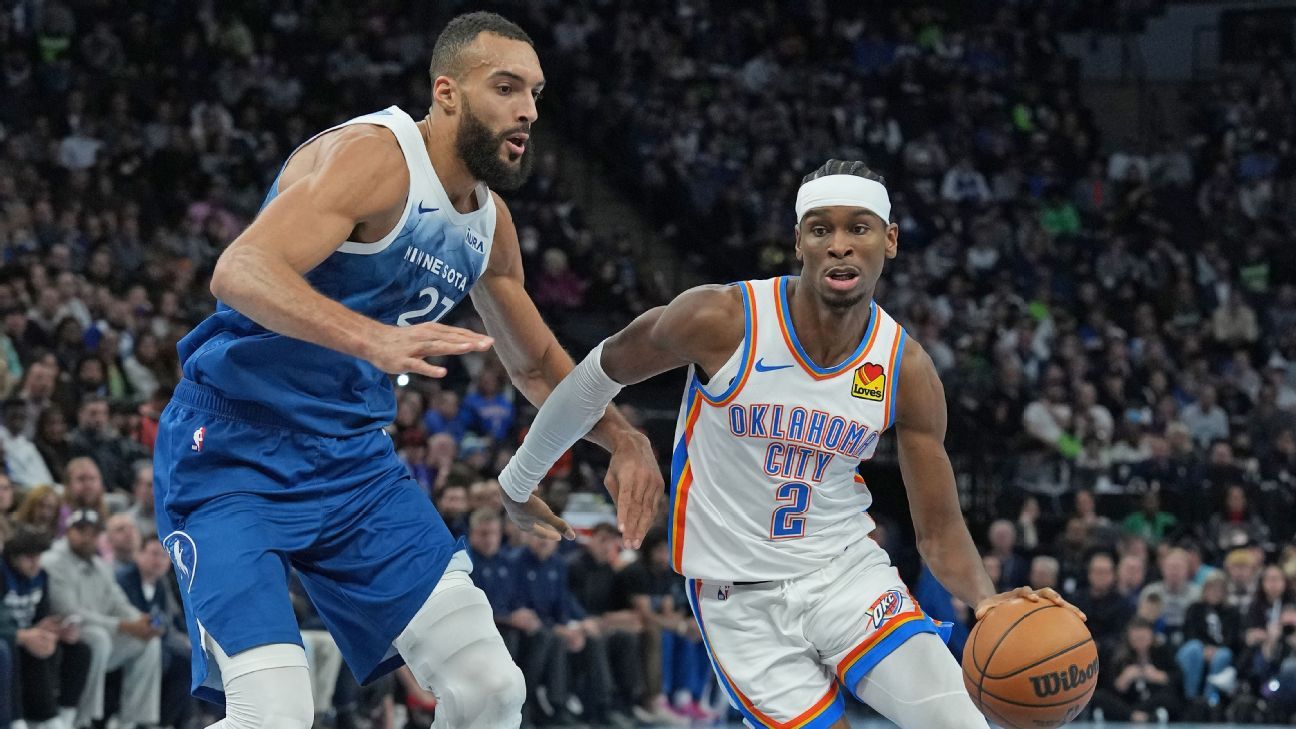The National Basketball Association (NBA), since its inception in the 1940s, has evolved from a modest league with about 8 teams to a global phenomenon boasting 30 teams. This remarkable growth journey has been fuelled by iconic figures such as Magic Johnson, Larry Bird, Michael Jordan, Kobe Bryant, and LeBron James. Their contributions transcended beyond the court, playing a pivotal role in the league’s expansion and international acclaim. As much as the NBA is celebrated for its high-flying dunks and nail-biting finishes, there’s an equally fascinating narrative unfolding off the court – the league’s financial playbook.

The NBA’s Revenue Play: A Closer Look at Regular Season Earnings
Understanding the NBA’s financial mechanics offers a unique insight into its operational success. The league’s ability to generate substantial revenue per regular season game is a cornerstone of its economic stability. Recent findings reveal that the NBA earns approximately $1.2 million for each regular season game. While this figure, rooted solely in ticket sales, might seem modest at first glance, it’s crucial to recognize the bigger picture.
D’Angelo Russell just became the first player in NBA history to put up this stat line.
35+ PTS
5+ AST
3+ BLK
5+ 3P
75+ FG% pic.twitter.com/eYYiGsj6ra— ❄️ (@IceyDLO) November 30, 2023
Ticket Sales: Just the Tip of the Iceberg

The $1.2 million from ticket sales is just a part of the story. The postseason brings an even more significant financial uptick, with ticket revenue escalating to about $2 million as teams advance deeper into the playoffs. This increase is testament to the league’s ability to captivate and retain its audience, especially during high-stakes matches.
Crunching the Numbers: The NBA’s Regular Season Revenue
When we delve into the numbers, the financial prowess of the NBA becomes more apparent. With 30 teams each playing 82 regular season games, the total revenue hovers around an astounding $30 billion for the regular season alone. This staggering amount doesn’t even factor in the four-round postseason played by 16 teams.
Beyond the Court: Where the Revenue Flows
It’s important to understand that the NBA’s income is not just hoarded by a few individuals. This revenue is strategically distributed among various stakeholders – the 30 team owners, league officials, management, players, coaches, and essential operational staff like security. The salaries of star players like LeBron James, which might seem exorbitant, are actually a fraction of the league’s total financial pie.

The NBA’s Economic Slam Dunk
The NBA’s ability to consistently draw in fans and generate considerable revenue per game is a testament to its well-established business model and the enduring appeal of basketball. This financial acumen ensures not only the league’s sustainability but also its capacity to grow and attract talent, making it a pivotal player in the global sports industry.










